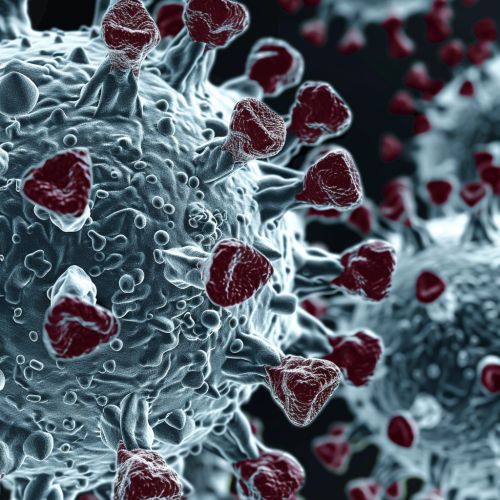2009 H1N1 pandemic
Overview
The 2009 H1N1 pandemic was a global outbreak of a new strain of H1N1 influenza virus, often referred to as "swine flu". The virus was first identified in April 2009 and spread rapidly to many countries around the world, leading the World Health Organization (WHO) to declare a pandemic in June 2009.


Origins and Spread
The 2009 H1N1 virus was first detected in humans in the United States in April 2009. The virus is thought to have originated in pigs, hence its common name "swine flu", but it is not the same as the swine influenza that can circulate in pigs. The virus contains genetic material from avian, swine, and human influenza viruses and is capable of human-to-human transmission.
Symptoms and Treatment
The symptoms of the 2009 H1N1 virus were similar to those of seasonal influenza, including fever, cough, sore throat, body aches, headache, chills, and fatigue. Some people also reported diarrhea and vomiting. Severe illness and death occurred in some cases, particularly among those with underlying health conditions.
Impact
The 2009 H1N1 pandemic had a significant impact on global health, economies, and societies. The WHO estimated that between 100,000 and 400,000 people died from the virus in the first year of the pandemic. The economic impact was also substantial, with costs related to healthcare, vaccine production and distribution, and lost productivity.
Response and Lessons Learned
The response to the 2009 H1N1 pandemic involved a coordinated international effort to monitor the spread of the virus, develop and distribute a vaccine, and provide treatment to those affected. The pandemic also highlighted the importance of pandemic preparedness and the need for improved surveillance and response systems.
